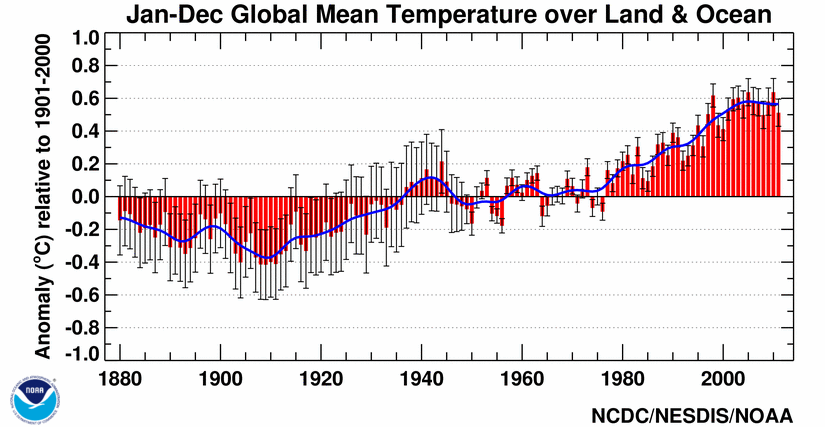Qualification of systems and equipments in laboratory
1. Principle
2. Scope
3. General
4. Design qualification
5. Installation qualification
6. Operational qualification
7. Performance qualification
8. Requalification
9. Qualification of “in use” systems and equipment
1. Principle
1.1
Systems and equipment should be appropriately designed, located,
installed, operated and maintained to suit their intended purpose.
1.2
Critical systems, i.e. those whose consistent performance may have an
impact on the quality of products, should be qualified. These may
include, where appropriate, water purification systems, air-handling
systems, compressed air systems and steam systems.
1.3 The
continued suitable performance of equipment is important to ensure
batch-to-batch consistency. Critical equipment should therefore be
qualified.
2. Scope
2.1 These guidelines describe the general aspects of qualification for systems and equipment.
2.2
Normally qualification would be applicable to critical systems and
equipment whose performance may have an impact on the quality of the
product.
3. General
3.1 The manufacturer should have a qualification policy for systems and equipment.
3.2
Equipment (including instruments) used in production and quality
control should be included in the qualification policy and programme.
3.3
New systems and equipment should pass through all stages of
qualification including design qualification (DQ), installation
qualification (IQ), operational qualification (OQ) and performance
qualification (PQ) as appropriate (Fig. 1).
3.4 In some cases, not all stages of qualification may be required.
3.5 Systems should be qualified before equipment.
3.6
Equipment should be qualified prior to being brought into routine use
to provide documented evidence that the equipment is fit for its
intended purpose.
3.7 Systems and equipment should undergo periodic requalification, as well as requalification after change.
3.8 Certain stages of the equipment qualification may be done by the supplier or a third party.
3.9
The relevant documentation associated with qualification including
tandard operating procedures (SOPs), specifications and acceptance
criteria, certificates and manuals should be maintained.
3.10
Qualification should be done in accordance with predetermined and
approved qualifi cation protocols. The results of the qualification
should be recorded and reflected in qualification reports.
3.11
The extent of the qualification should be based on the criticality of a
system or equipment (e.g. blenders, autoclaves or computerized systems).
4. Design qualification
Note: see also “Supplementary guidelines on good manufacturing practices (GMP): validation”.
4.1 User requirements should be considered when deciding on the specific design of a system or equipment.
4.2 A suitable supplier should be selected for the appropriate system or equipment (approved vendor).
5. Installation qualification
Note: see also “Supplementary guidelines on good manufacturing practices (GMP): validation”.
5.1
Systems and equipment should be correctly installed in accordance with
an installation plan and installation qualification protocol.
5.2 Requirements for calibration, maintenance and cleaning should be drawn up during installation.
5.3
Installation qualification should include identifi cation and
verification of all system elements, parts, services, controls, gauges
and other components.
5.4 Measuring, control and indicating
devices should be calibrated against appropriate national or
international standards, which are traceable.
5.5 There should be
documented records for the installation (installation qualification
report) to indicate the satisfactoriness of the installation, which
should include the details of the supplier and manufacturer, system or
equipment name, model and serial number, date of installation, spare
parts, relevant procedures and certificates.
6. Operational qualification
Note: see also “Supplementary guidelines on good manufacturing practices (GMP): validation”.
6.1
Systems and equipment should operate correctly and their operation
should be verified in accordance with an operational qualification
protocol.
6.2 Critical operating parameters should be identifi
ed. Studies on the critical variables should include conditions
encompassing upper and lower operating limits and circumstances (also
referred to as “worst case conditions”).
6.3 Operational qualifi
cation should include verification of operation of all system elements,
parts, services, controls, gauges and other components.
6.4 There
should be documented records for the verification of operation
(operational qualification report) to indicate the satisfactory
operation.
6.5 Standard operating procedures for the operation should be finalized and approved.
6.6 Training of operators for the systems and equipment should be provided, and training records maintained.
6.7
Systems and equipment should be released for routine use after
completion of operational qualification, provided that all calibration,
cleaning, maintenance, training and related tests and results were found
to be acceptable.
7. Performance qualification
Note: see also “Supplementary guidelines on good manufacturing practices (GMP): validation”.
7.1
Systems and equipment should consistently perform in accordance with
design specifications. The performance should be verified in accordance
with a performance qualification protocol.
7.2 There should be
documented records for the verification of performance (performance
qualification report) to indicate the satisfactory performance over a
period of time. Manufacturers should justify the selected period over
which performance qualification is done.
8. Requalification
Note: see also “Supplementary guidelines on good manufacturing practices (GMP): validation”.
8.1
Requalification of systems and equipment should be done in accordance
with a defined schedule. The frequency of requalification may be
determined on the basis of factors such as the analysis of results
relating to calibration, verification and maintenance.
8.2 There should be periodic requalification.
8.3
There should be requalification after changes. The extent of
requalification after the change should be justified based on a
risk-assessment of the change. Requalification after change should be
considered as part of the change control procedure.
9. Qualification of “in-use” systems and equipment
9.1
There should be data to support and verify the suitable operation and
performance of systems and equipment that have been “in use” for a
period of time, and which had not been subjected to installation and or
operational qualification.
9.2 These should include operating
parameters and limits for critical variables, calibration, maintenance
and preventive maintenance, standard operating procedures (SOPs) and
records.



